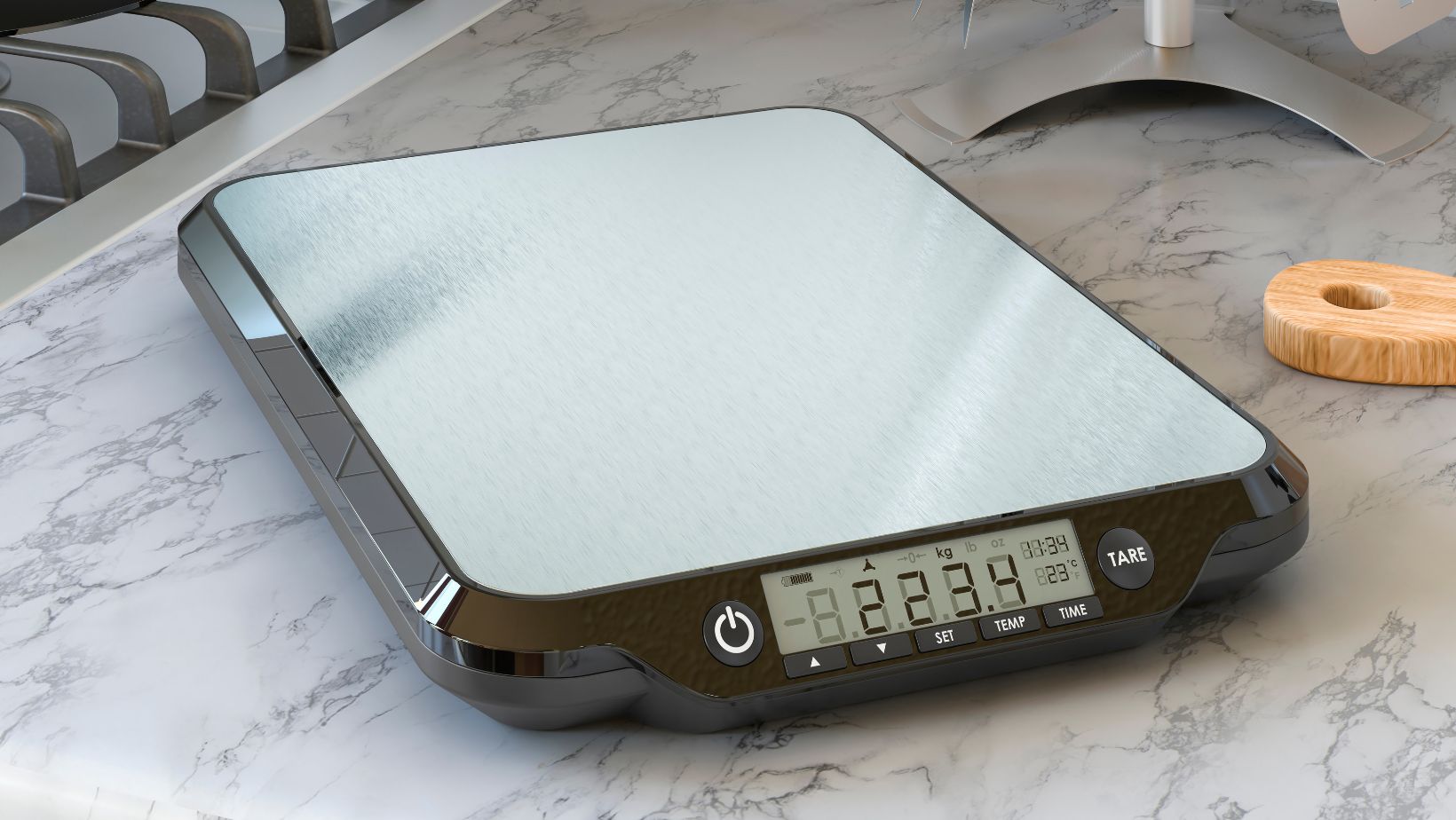
How do You Calibrate a Digital Scale
A digital scale is an essential tool in various industries, including healthcare, retail, and cooking. However, over time, digital scales can lose accuracy due to factors like wear and tear, environmental changes, or improper handling. To ensure that your digital scale provides precise measurements, calibration is a necessary process. But how do you calibrate a digital scale? In this article, we’ll walk you through the steps for calibrating a digital scale and keeping it in top working condition.
Calibration ensures that a digital scale provides accurate and reliable readings. Without proper calibration, the scale may give incorrect weight measurements, which can lead to errors in critical applications, such as medical measurements, shipping, or cooking.
Why calibration matters:
- Accuracy: Proper calibration ensures the scale measures weight correctly.
- Consistency: A calibrated scale provides consistent results over time.
- Regulatory compliance: In some industries, calibration is required by law for accuracy, especially in healthcare and retail.
Before you begin calibrating your digital scale, you need to have the right tools and materials. Calibration typically requires a standard reference weight, as the scale needs a known mass to adjust its readings.
Essential items for calibration:
- Digital scale with a calibration feature (most modern digital scales come with a built-in calibration function).
- Certified calibration weight (this is a known weight with a precise measurement; it’s important to use a weight that is certified for accuracy).
- Level surface: Ensure that your scale is placed on a flat, stable surface to avoid skewed measurements.

Steps to Calibrate a Digital Scale
Calibrating a digital scale is a relatively simple process, but it can vary slightly depending on the model. Here’s a general step-by-step guide to follow.
Step 1: Turn on the Scale
Ensure that the scale is turned off and placed on a flat, stable surface. Power it up and let it warm up for a few moments. Some scales may have an automatic self-check when powered on.
Step 2: Set the Scale to Calibration Mode
Most digital scales will have a “calibration” or “tare” button. You may need to press and hold this button for a few seconds to activate the calibration mode. Check your scale’s user manual for specific instructions, as this process can vary based on the model.
Step 3: Place the Calibration Weight on the Scale
Once the scale is in calibration mode, place the known calibration weight (or a weight of a specific value) on the scale. This weight should match the reference value recommended by the manufacturer, typically something between 5-10% of the scale’s maximum capacity.
Step 4: Wait for the Scale to Adjust
The scale will take a few seconds to register the calibration weight. You may see the display flicker or display “CAL” or “0” as it adjusts. Once the scale has calibrated, it should display the correct weight.
Step 5: Remove the Calibration Weight
After the calibration process is complete, remove the calibration weight from the scale. The scale should reset to zero or display an error if it has not calibrated properly.
Step 6: Test the Calibration
To verify that the scale is properly calibrated, place a known object or weight back on the scale. The reading should match the actual weight of the object as closely as possible. If the weight is off by a significant amount, you may need to repeat the calibration process or check for errors.

How Often Should You Calibrate a Digital Scale?
Calibration frequency depends on the scale’s usage and the environment in which it operates. Generally, you should calibrate your scale:
- Every 6 months for general use.
- Before important measurements in industries like healthcare, where accuracy is critical.
- When the scale shows signs of inaccuracy or after moving the scale to a new location.
If your scale is used frequently or in environments with fluctuating temperatures and humidity, more frequent calibration may be necessary.
Knowing how to calibrate a digital scale is essential for maintaining accuracy and reliability. Whether for personal use, business, or industrial purposes, a properly calibrated scale ensures that your measurements are correct every time. By following these simple steps and keeping an eye on calibration frequency, you can ensure your digital scale remains in top condition and provides accurate readings for years to come.

